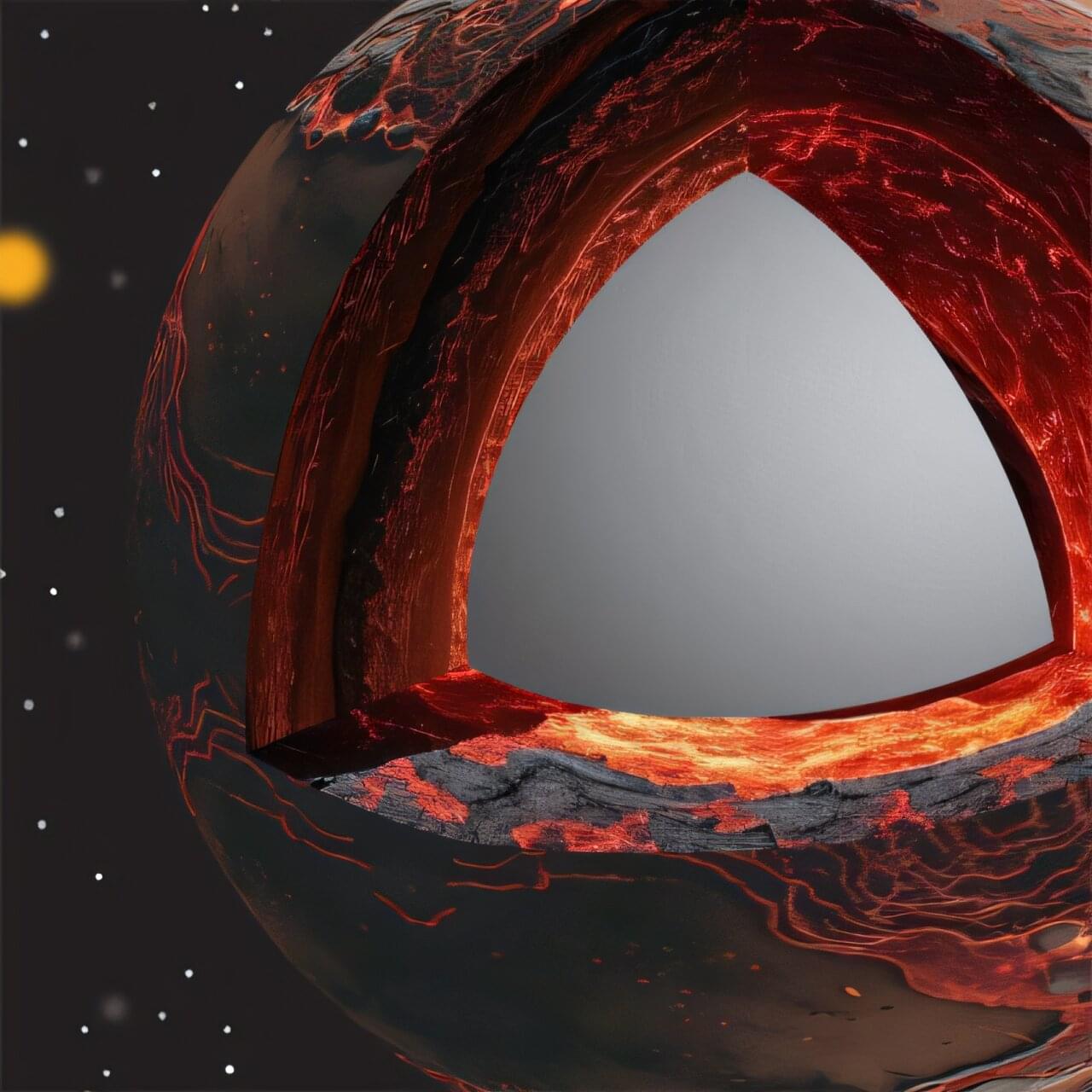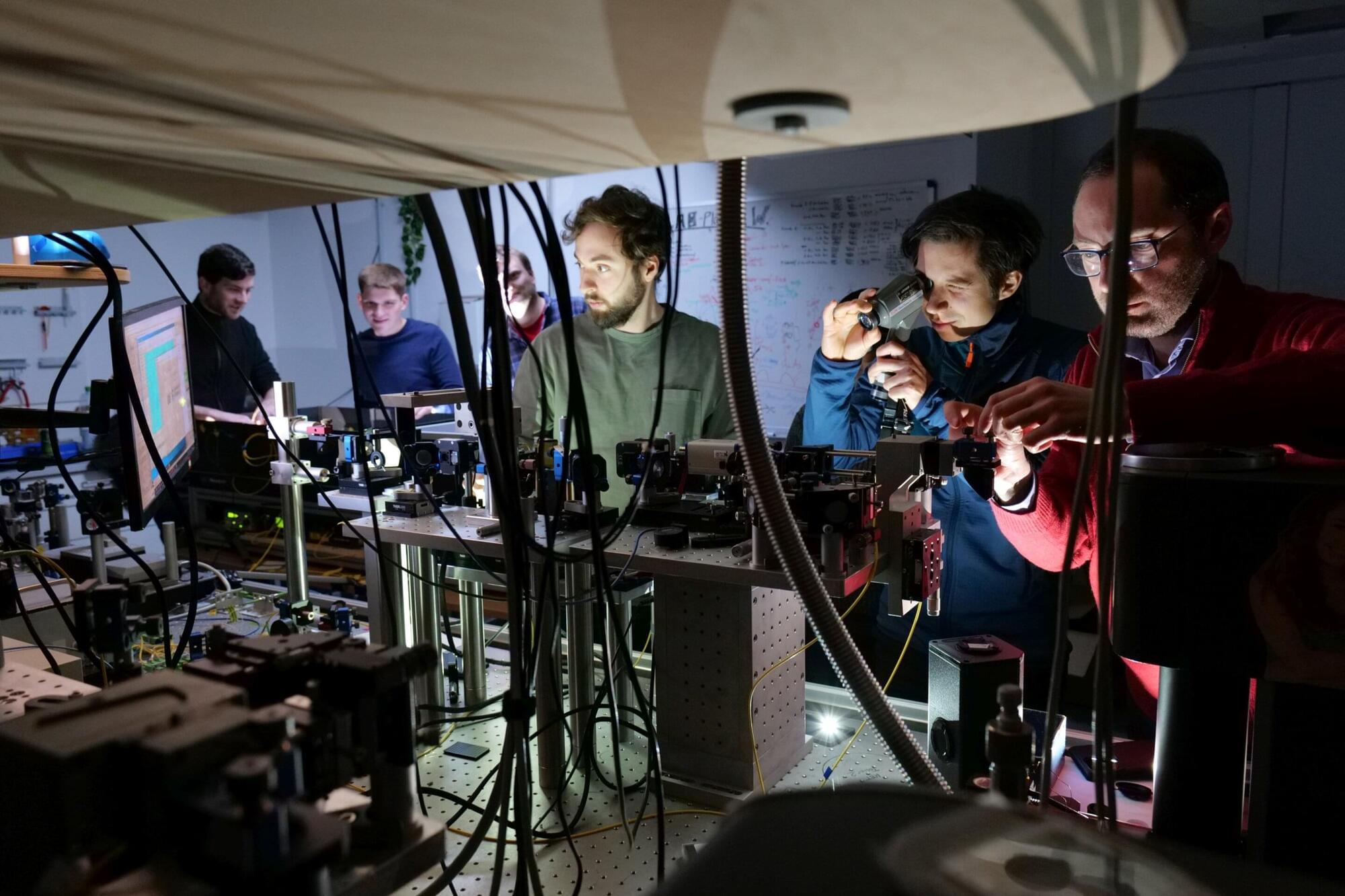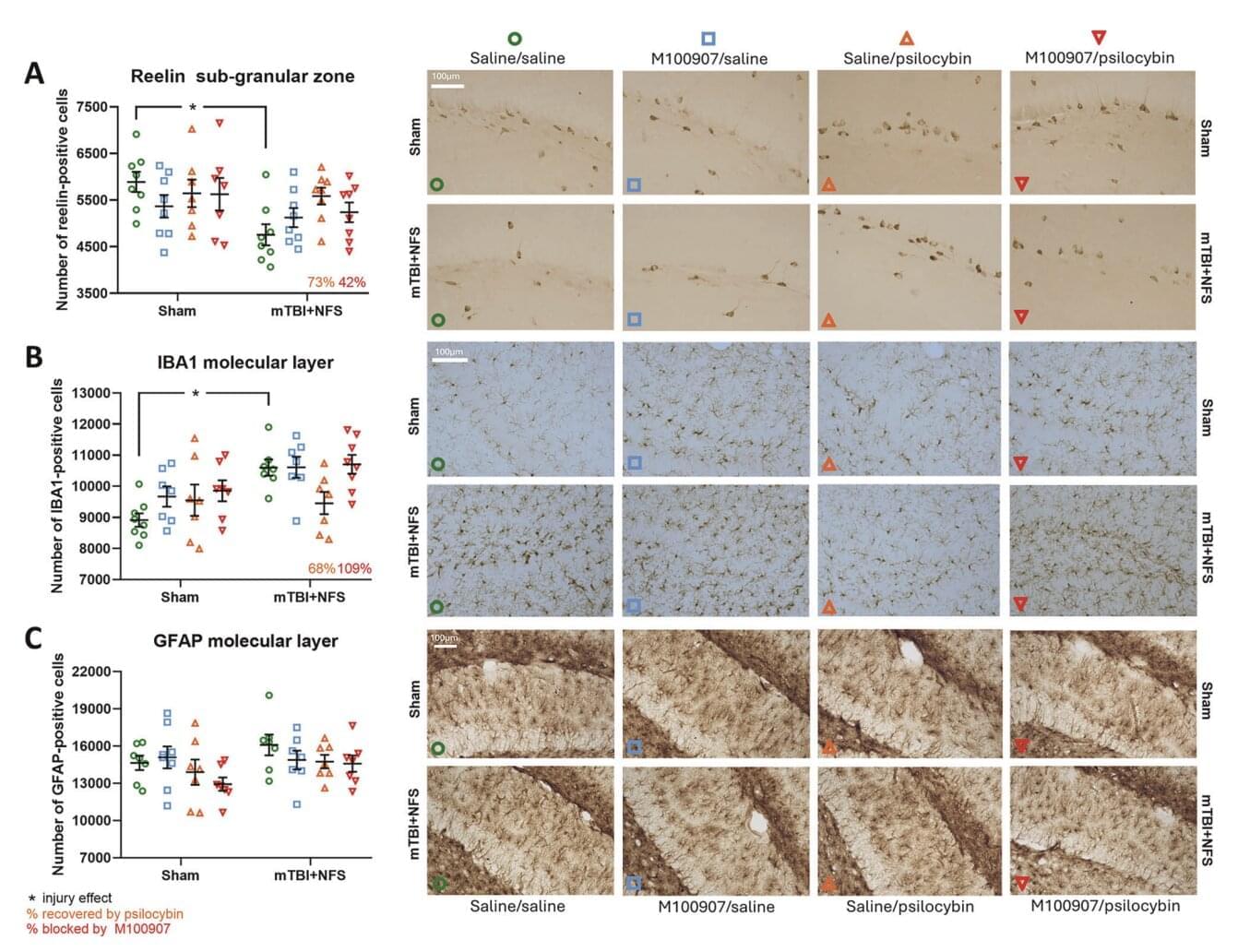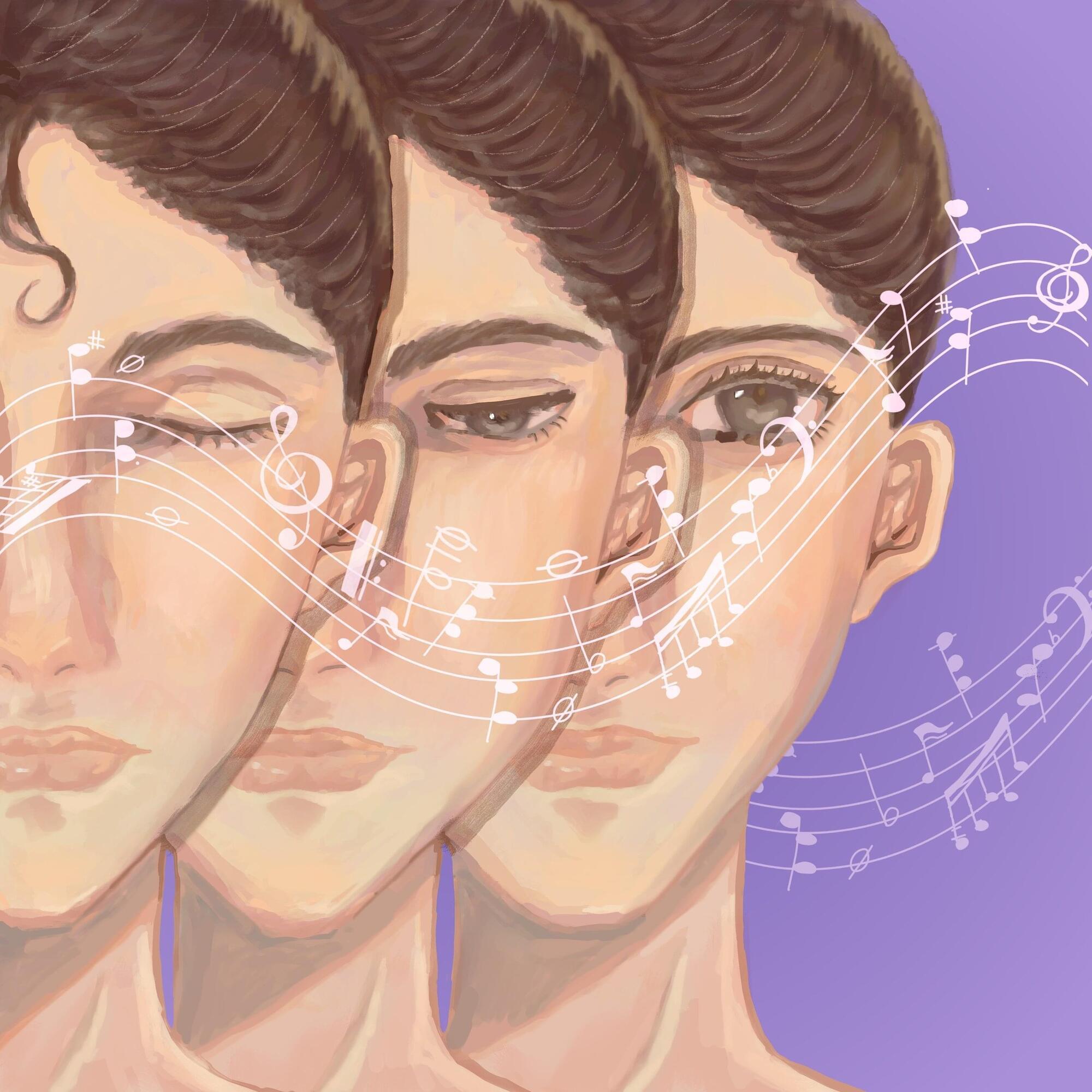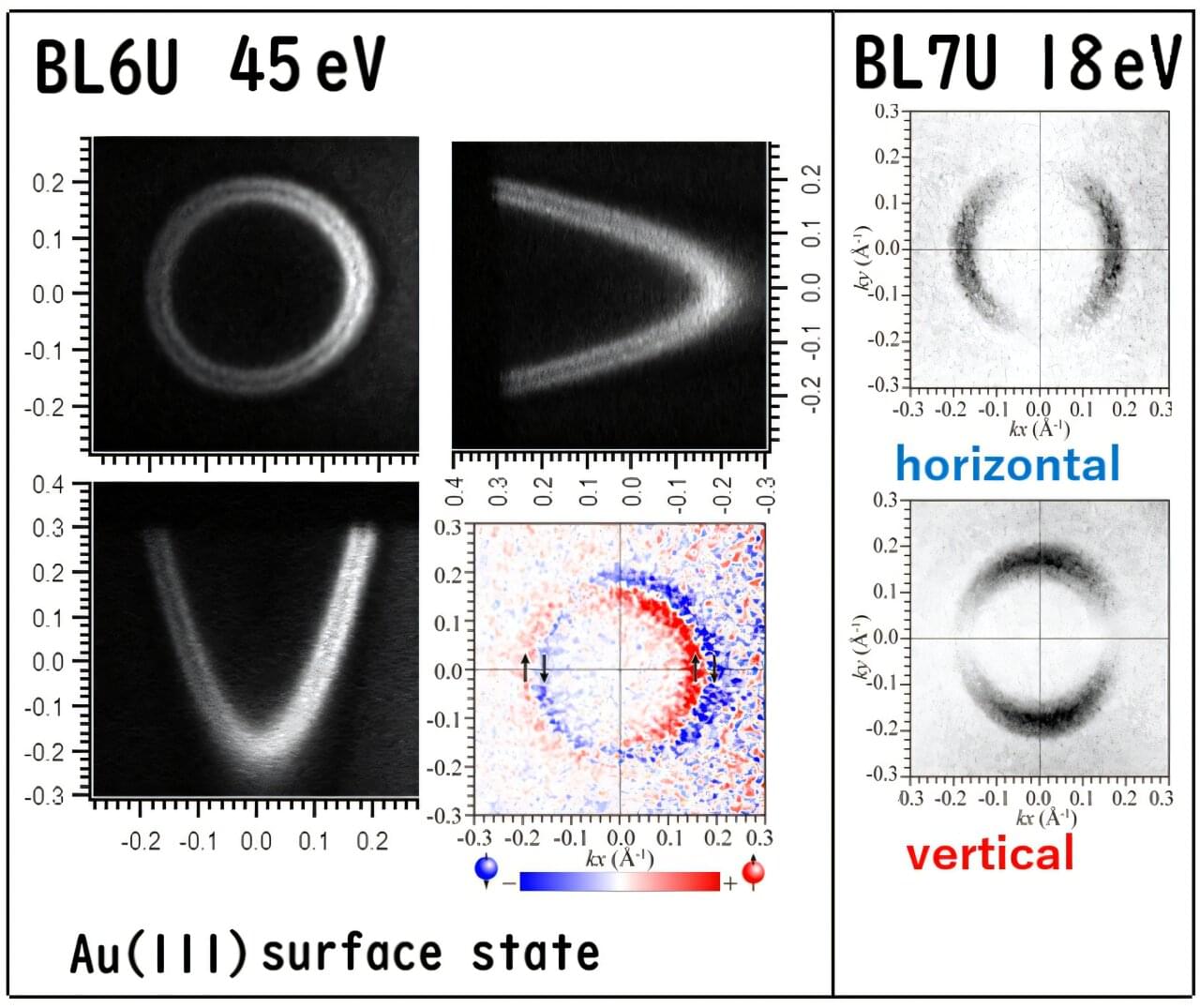For decades, scientists have been baffled by two enormous, enigmatic structures buried deep inside Earth with features so vast and unusual that they defy conventional models of planetary evolution.
Now, a study published in Nature Geoscience by Rutgers geodynamicist Yoshinori Miyazaki in combination with collaborators offers a striking new explanation for these anomalies and their role in shaping Earth’s ability to support life.
